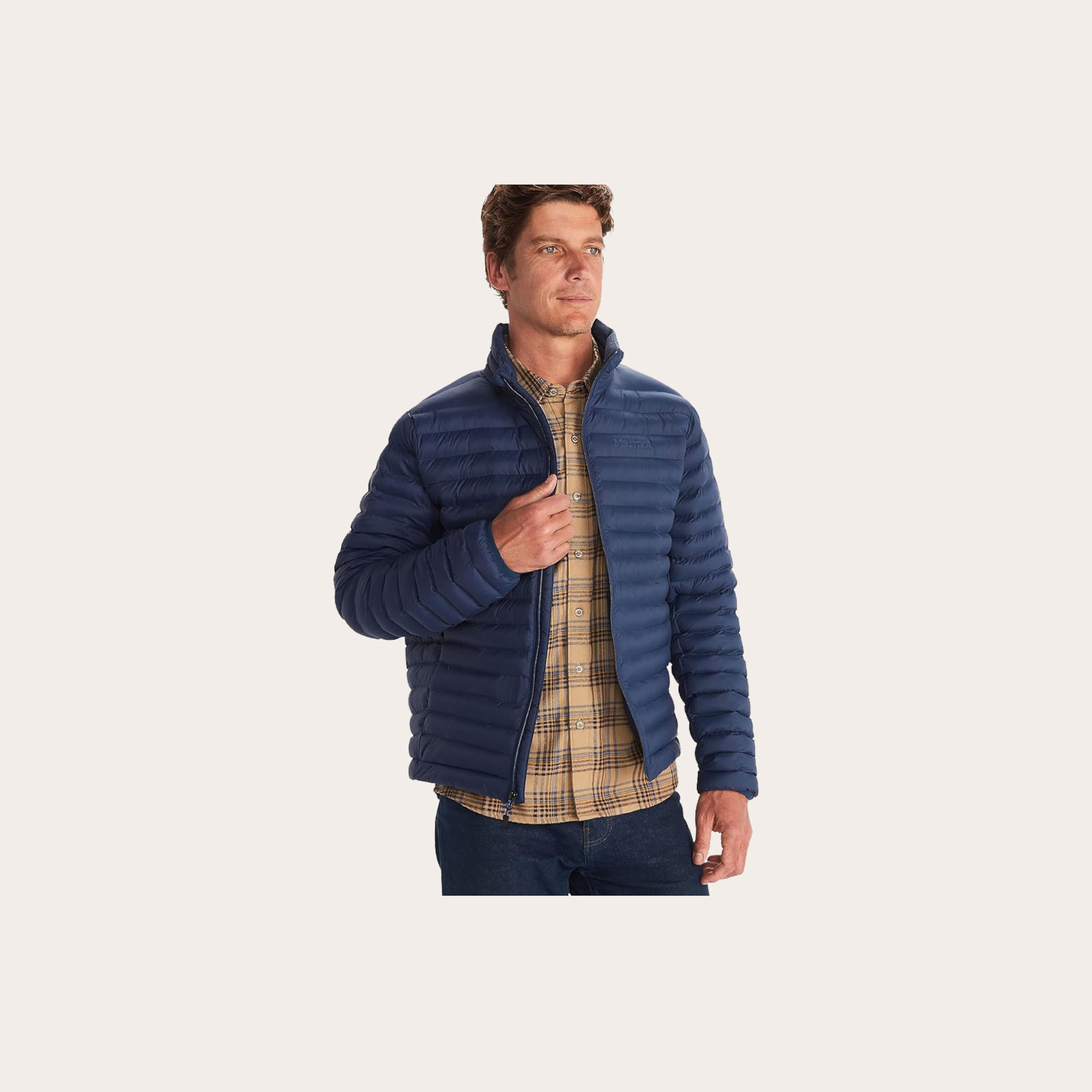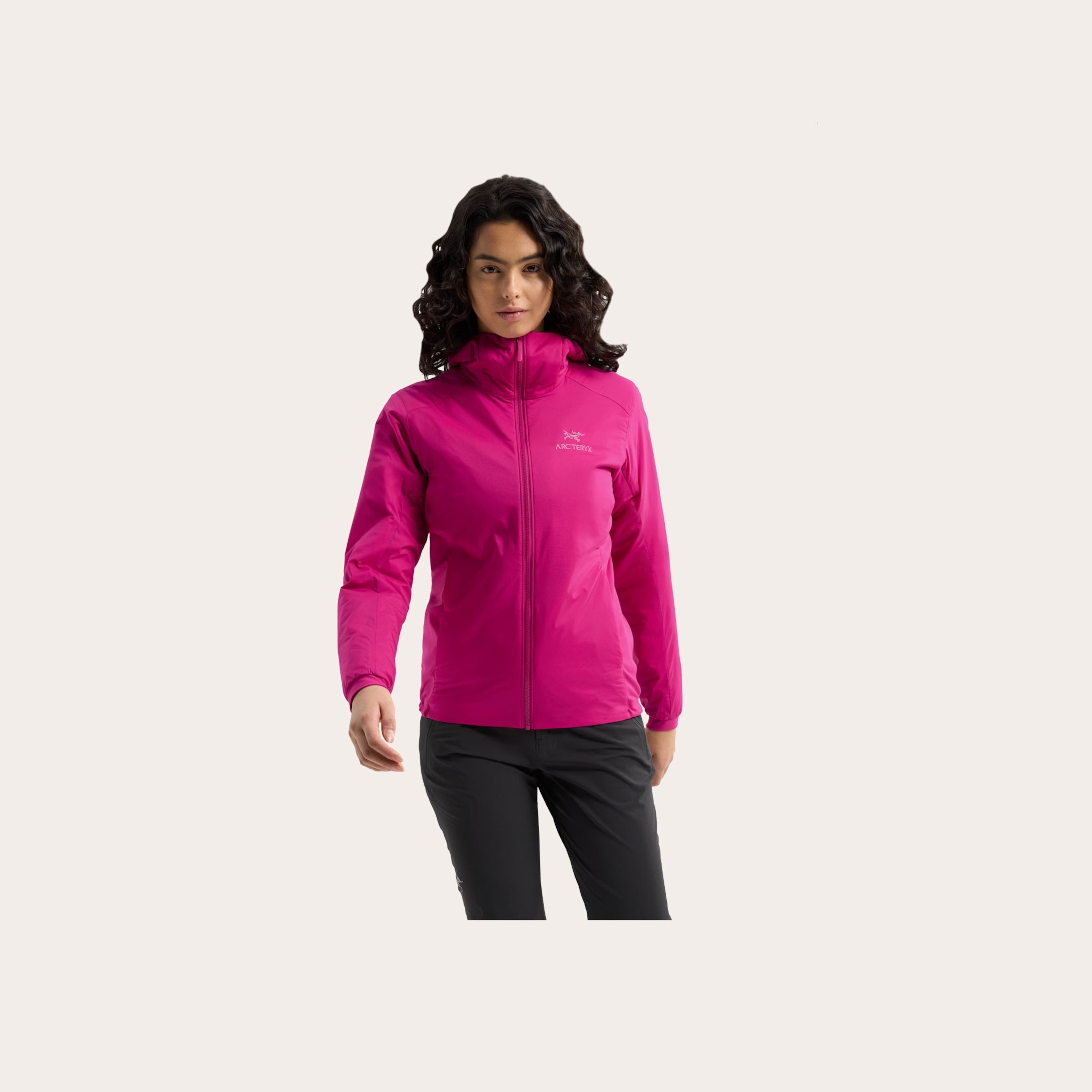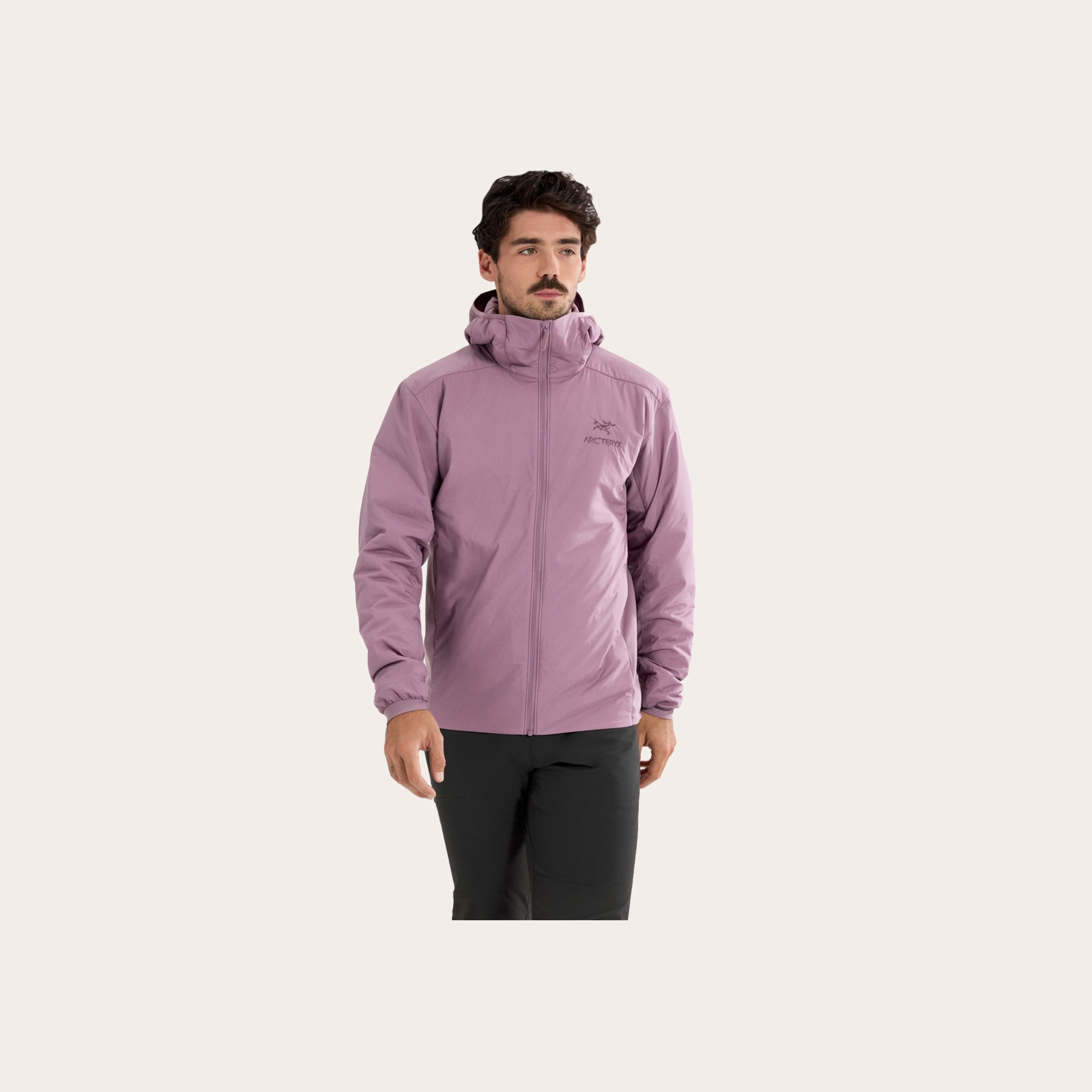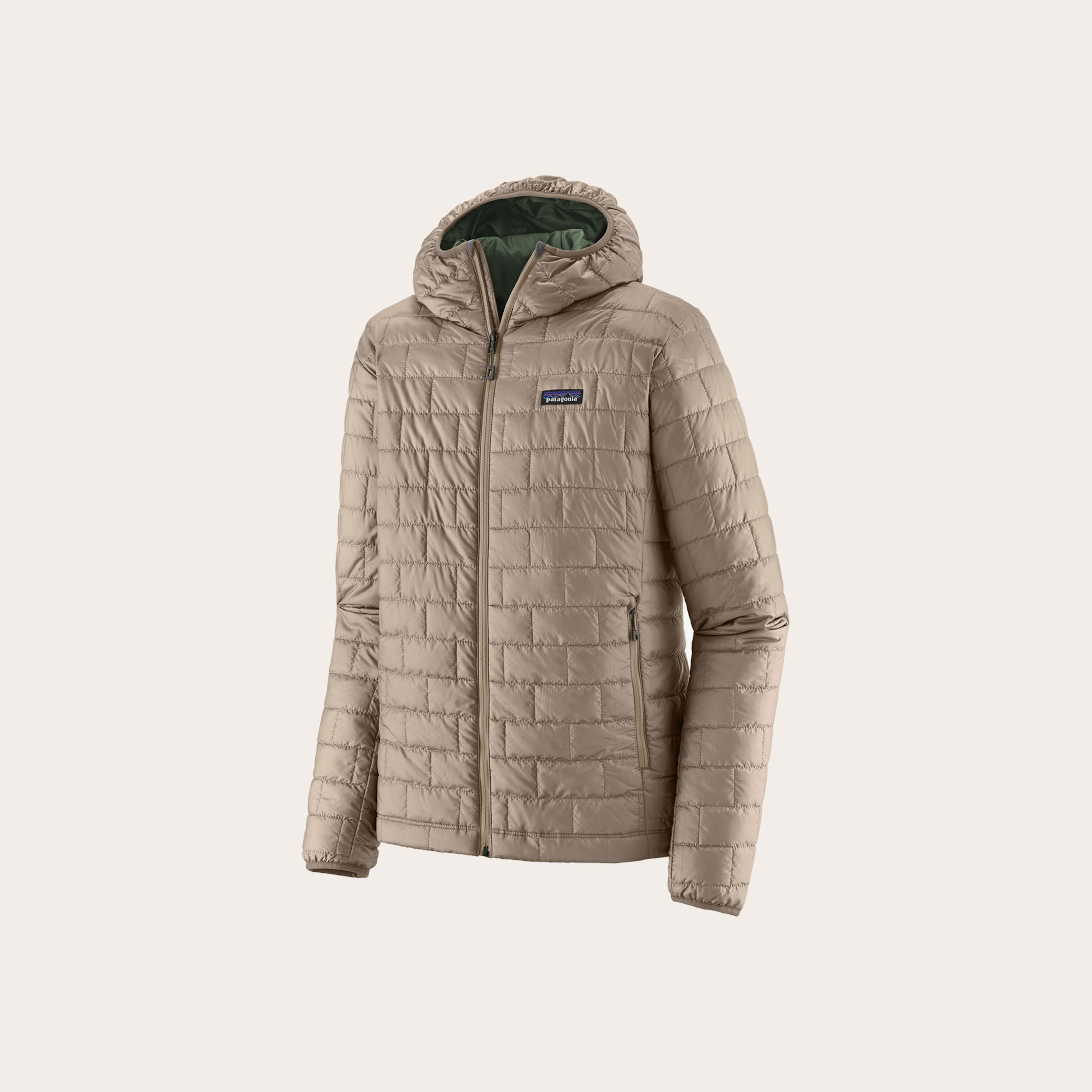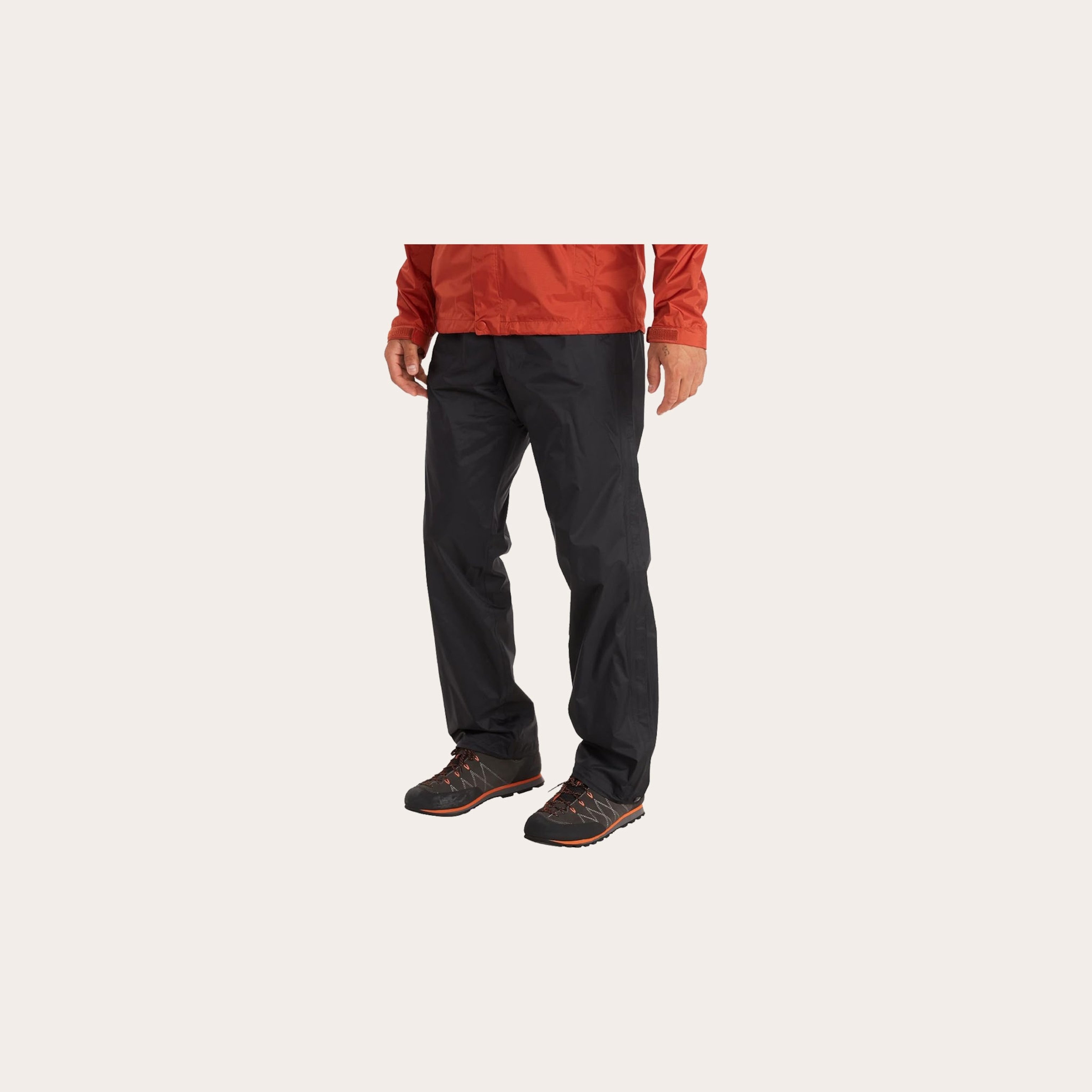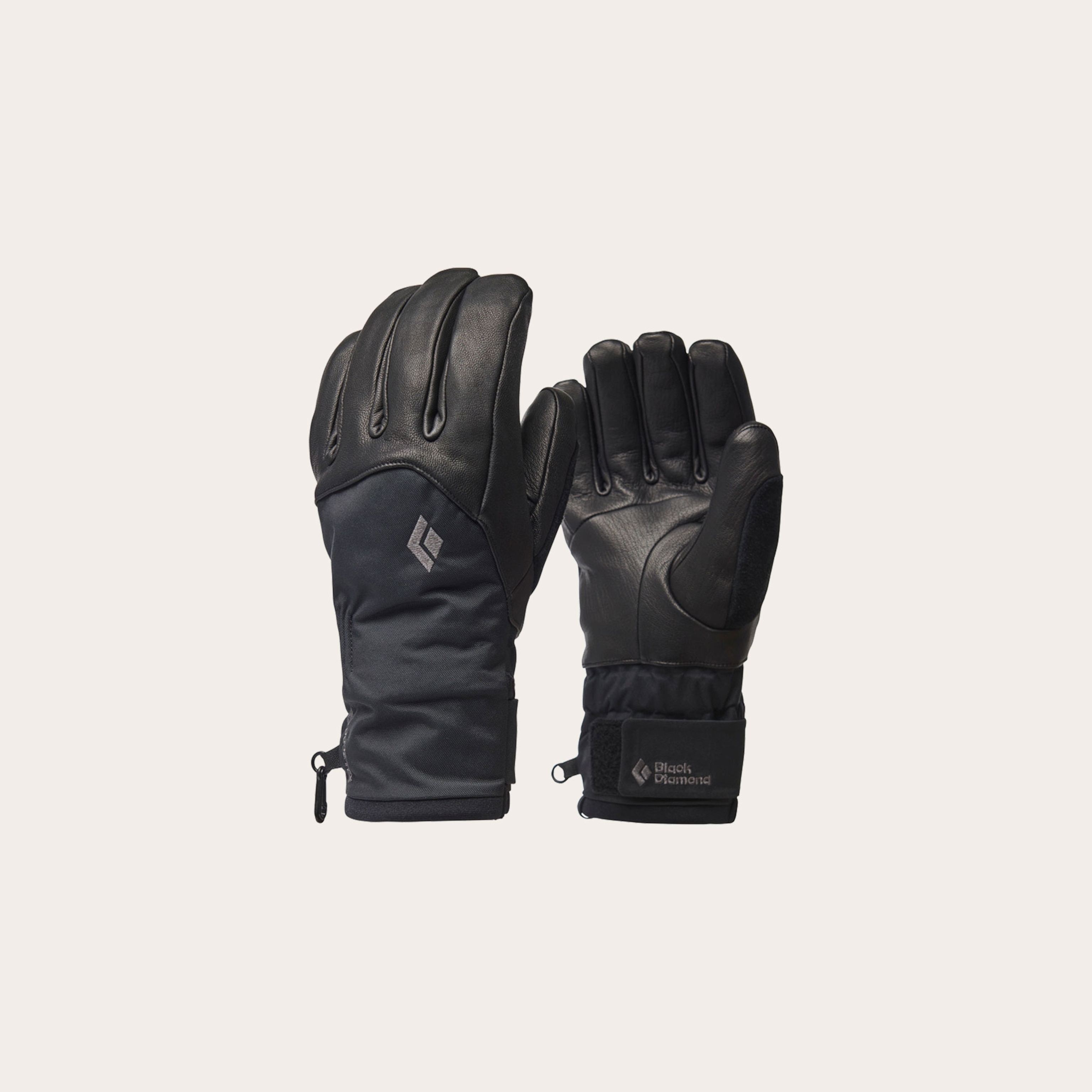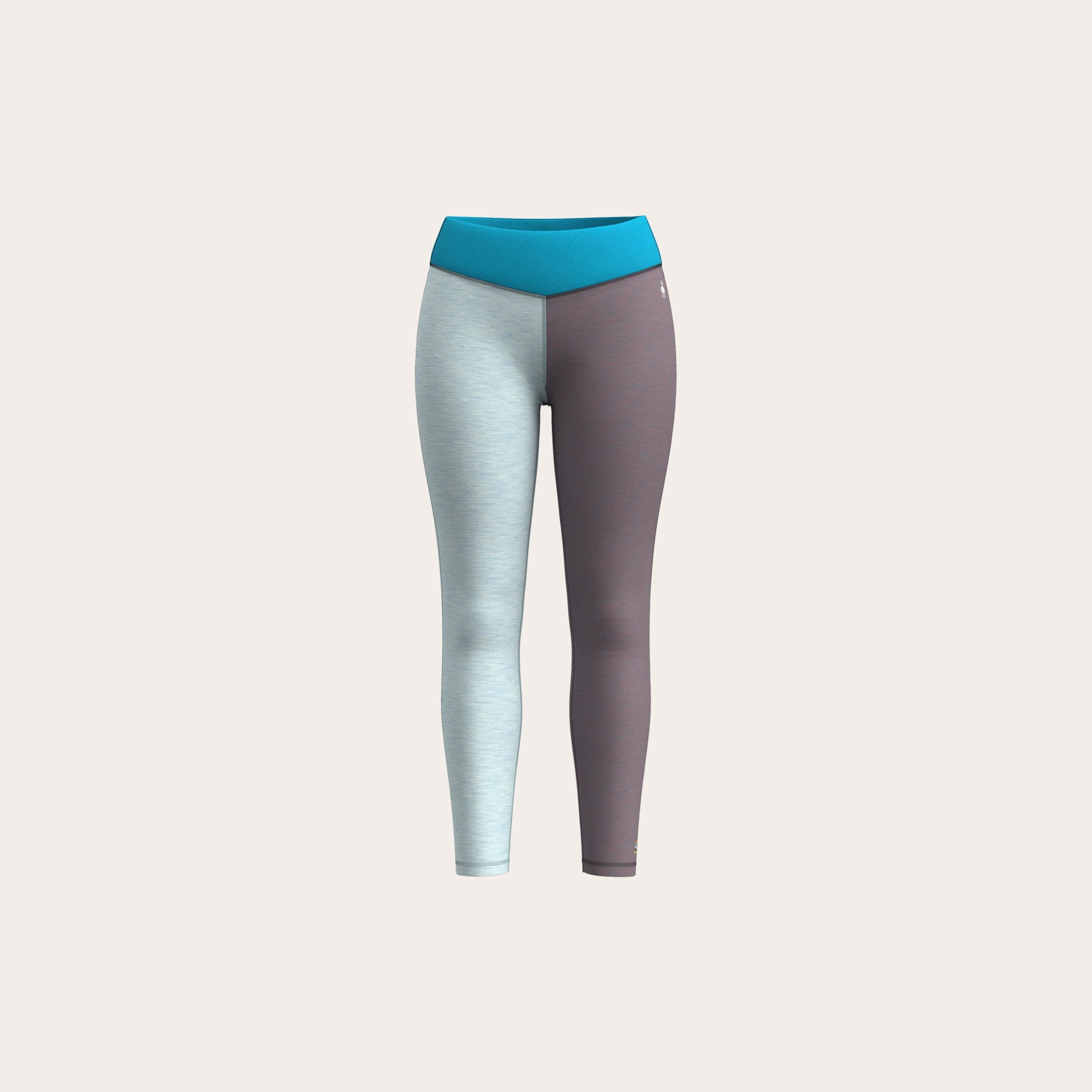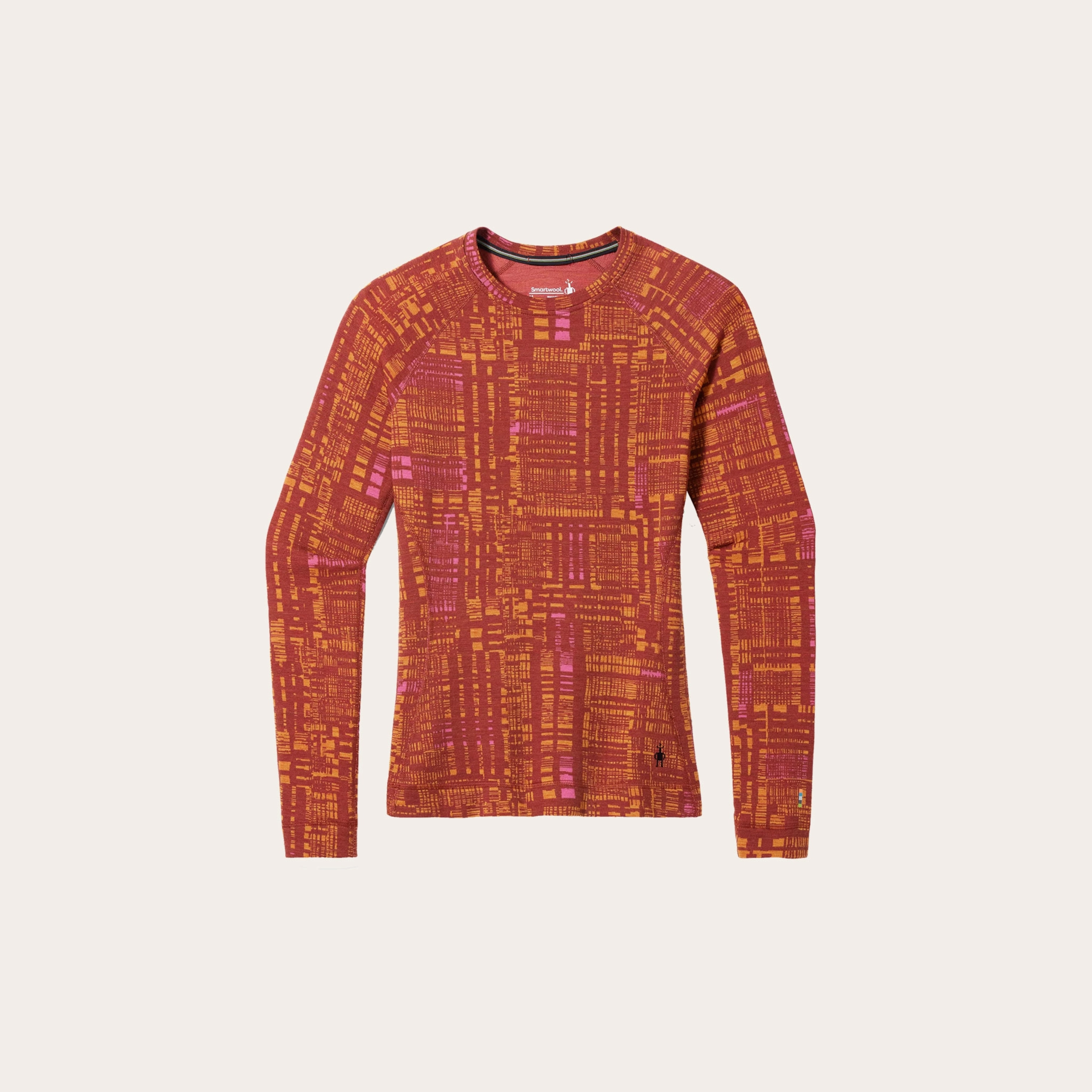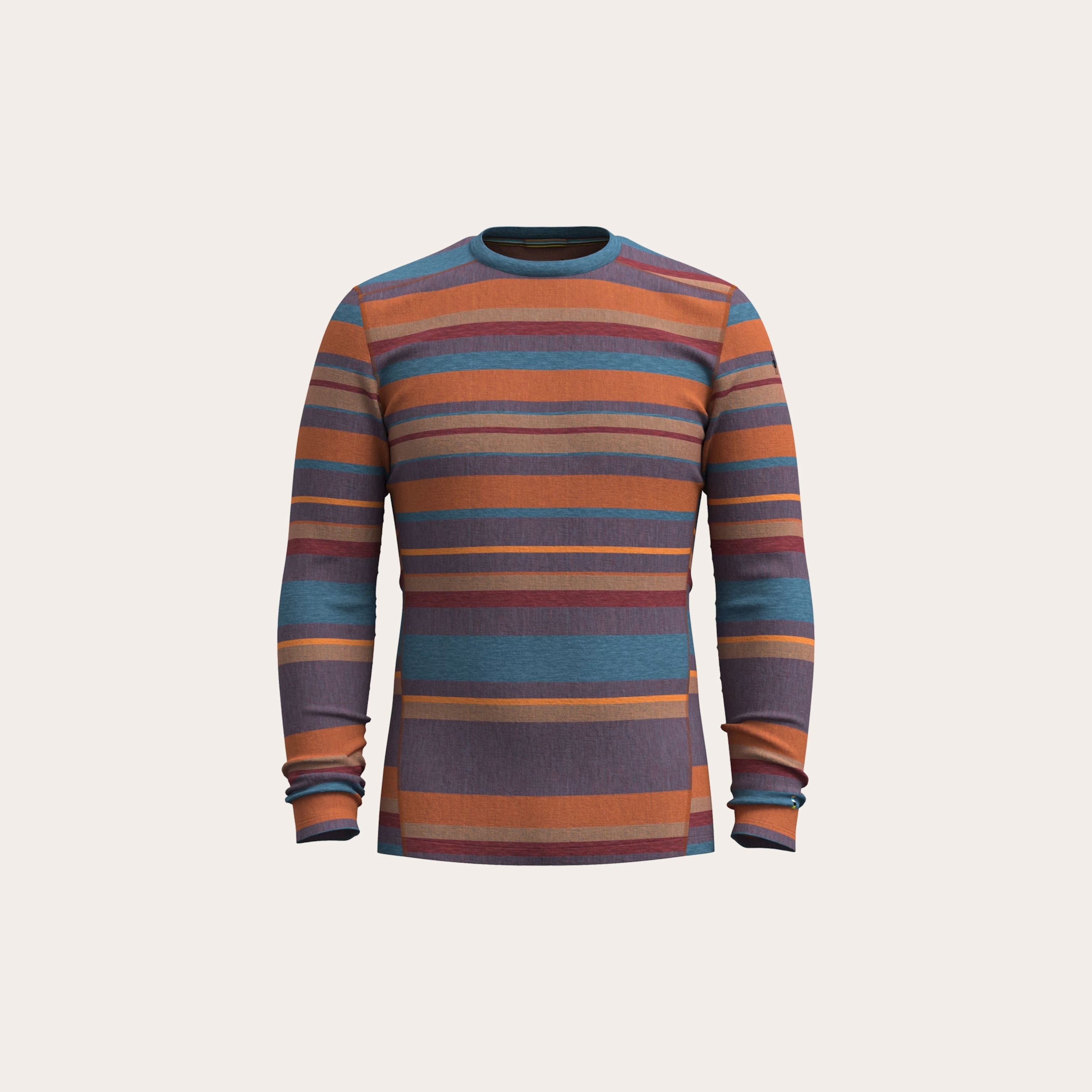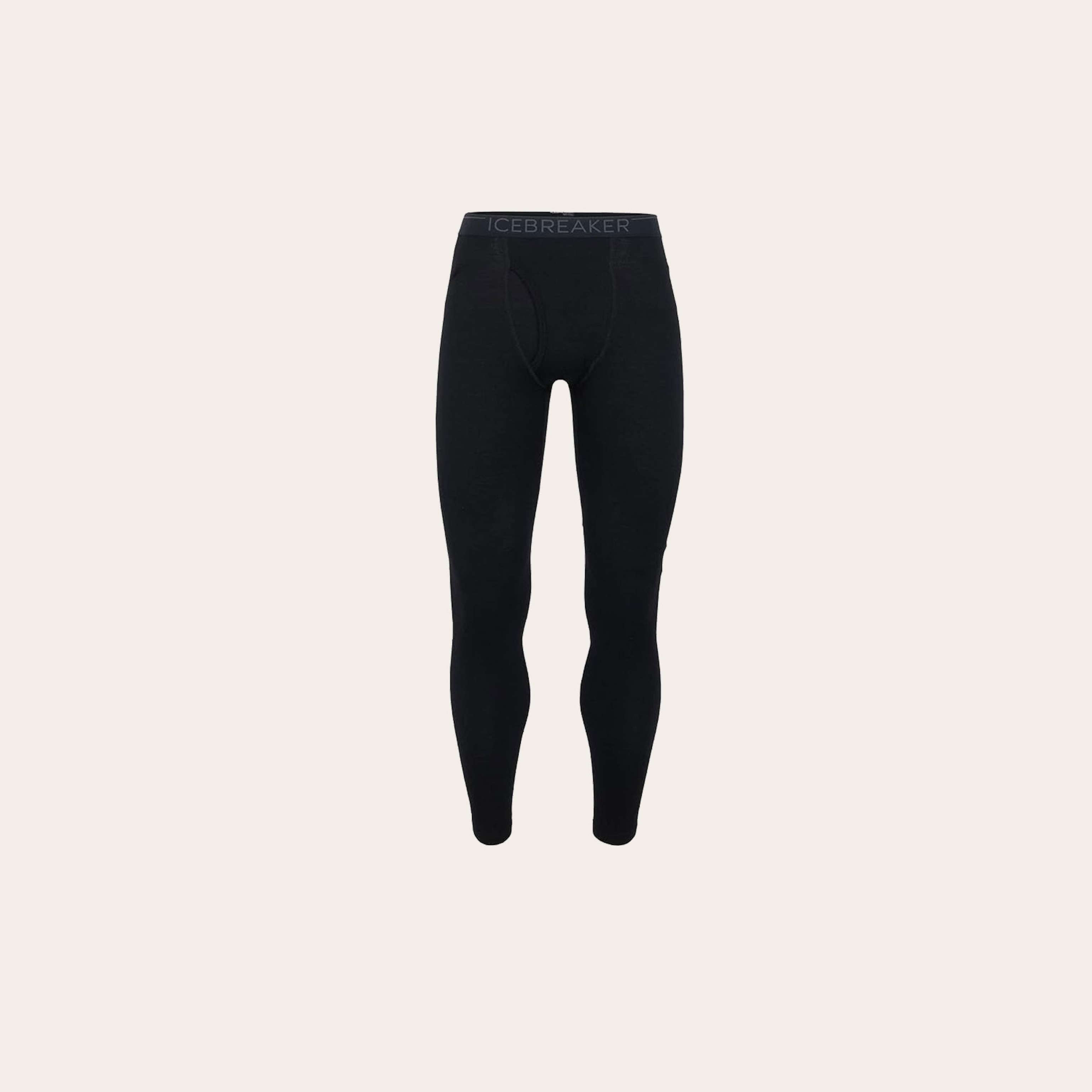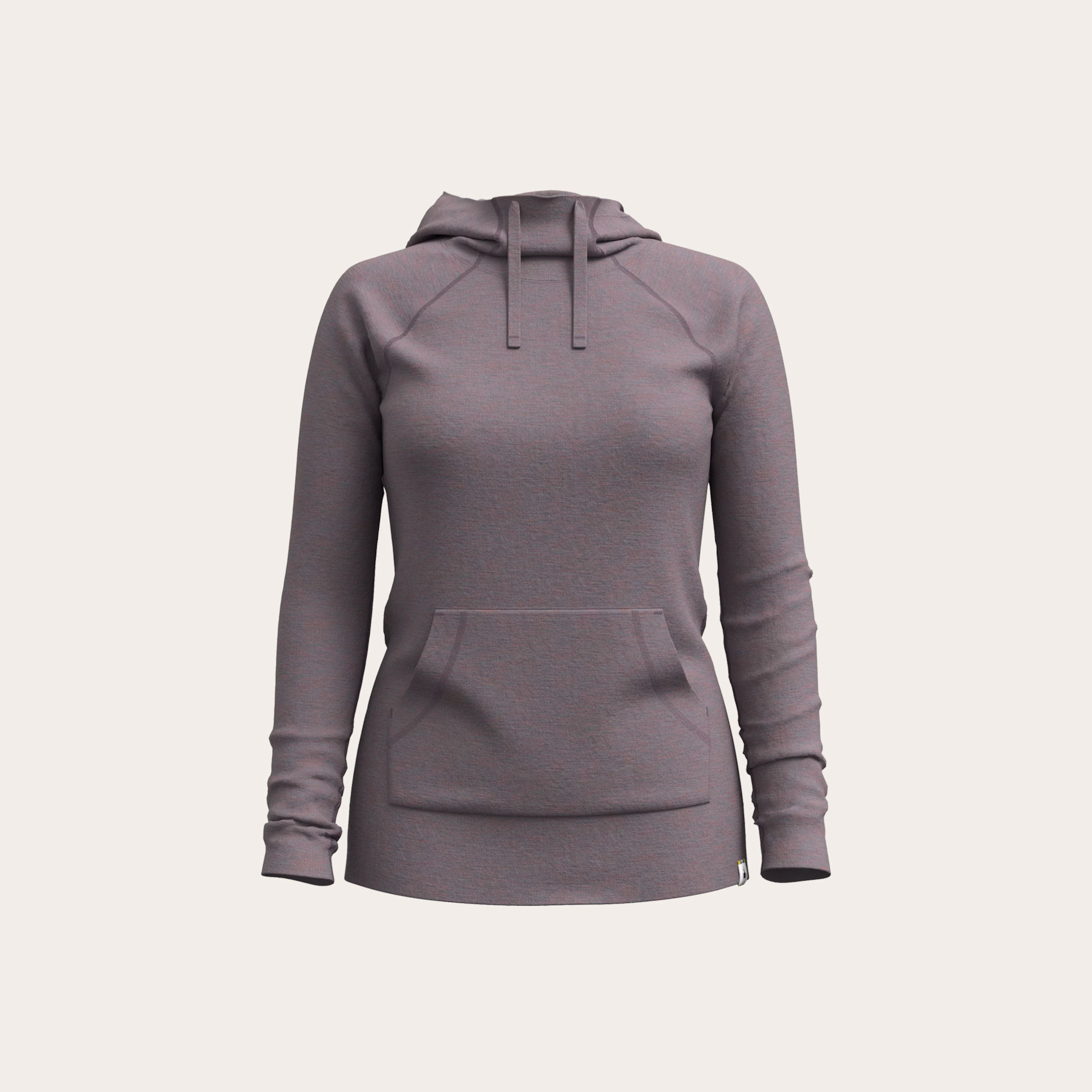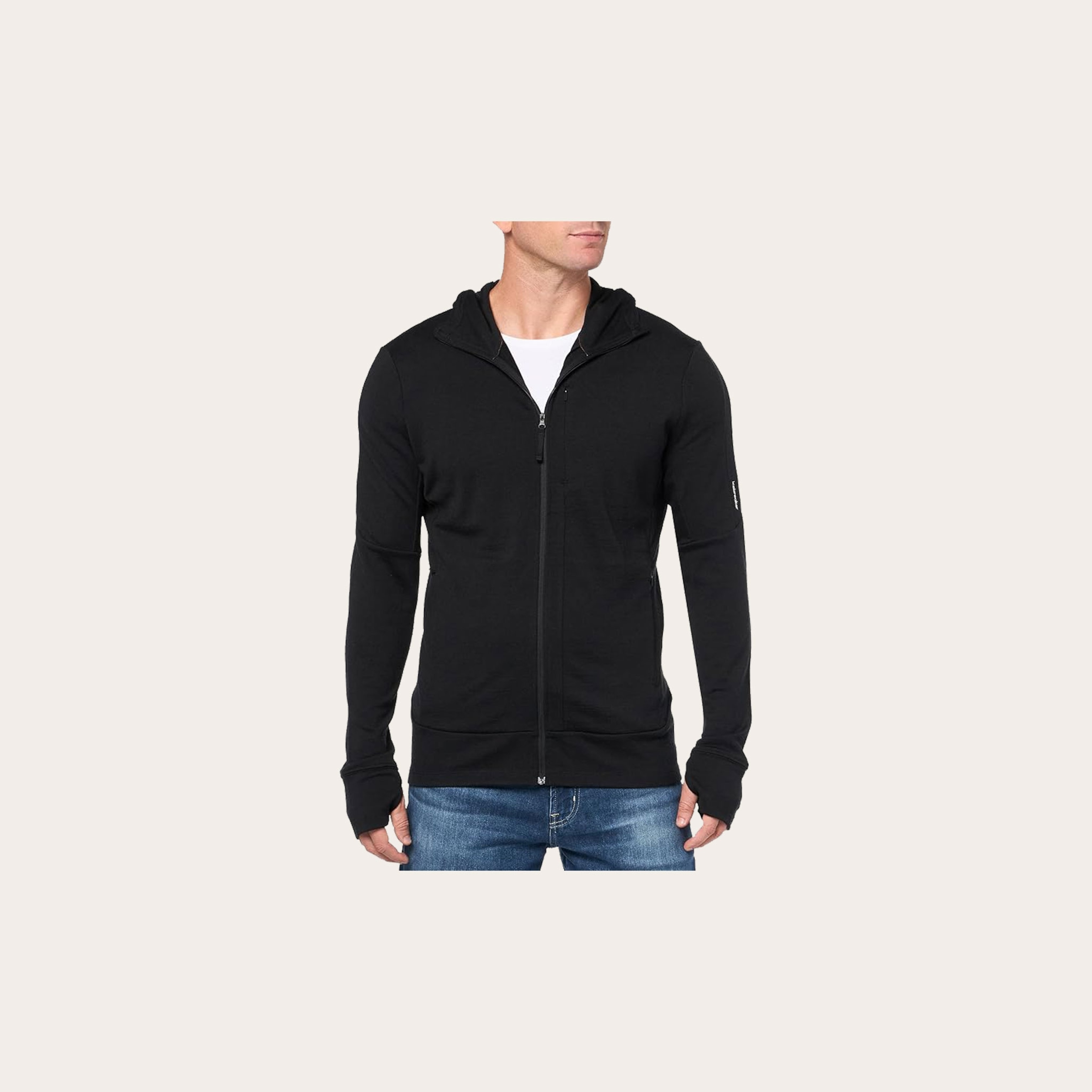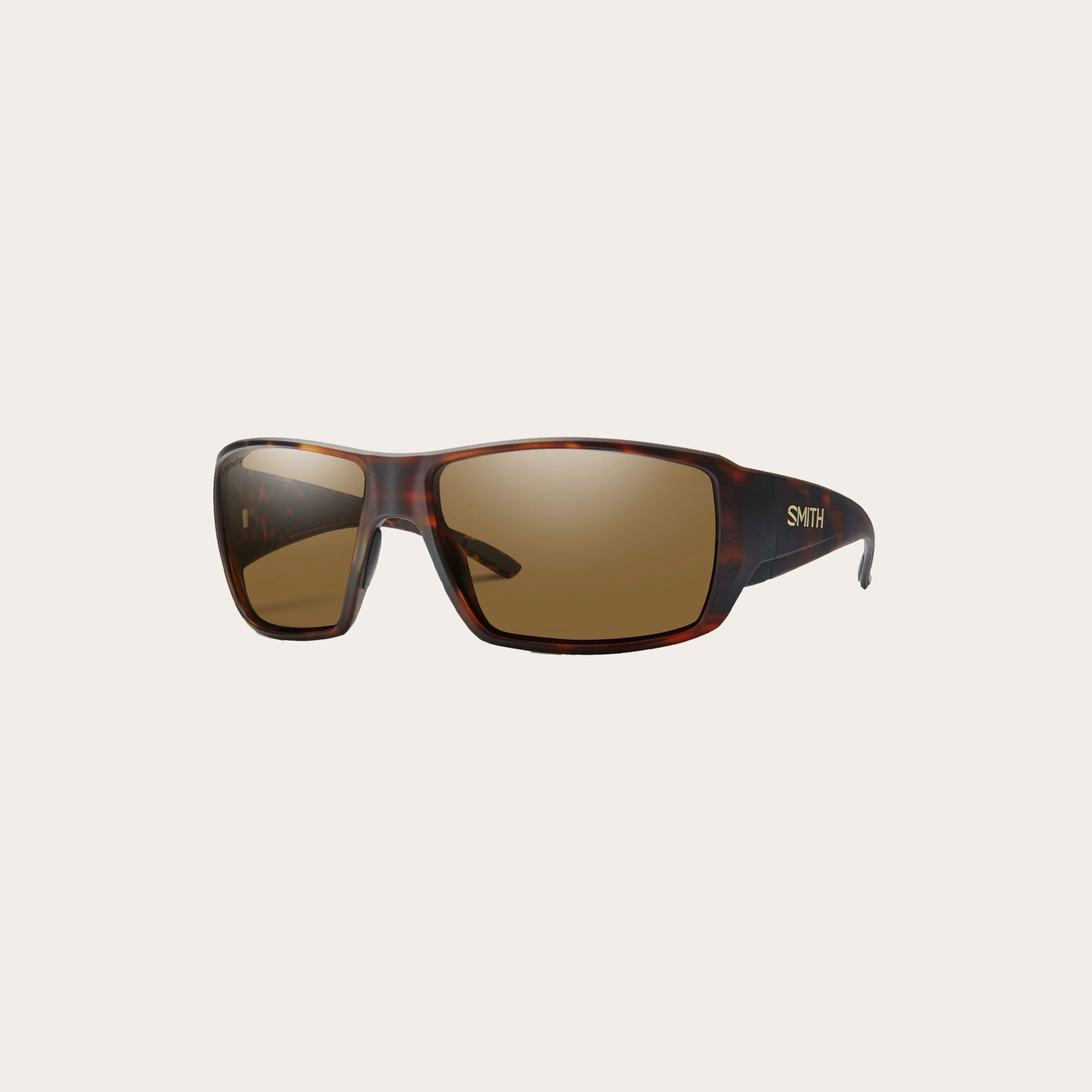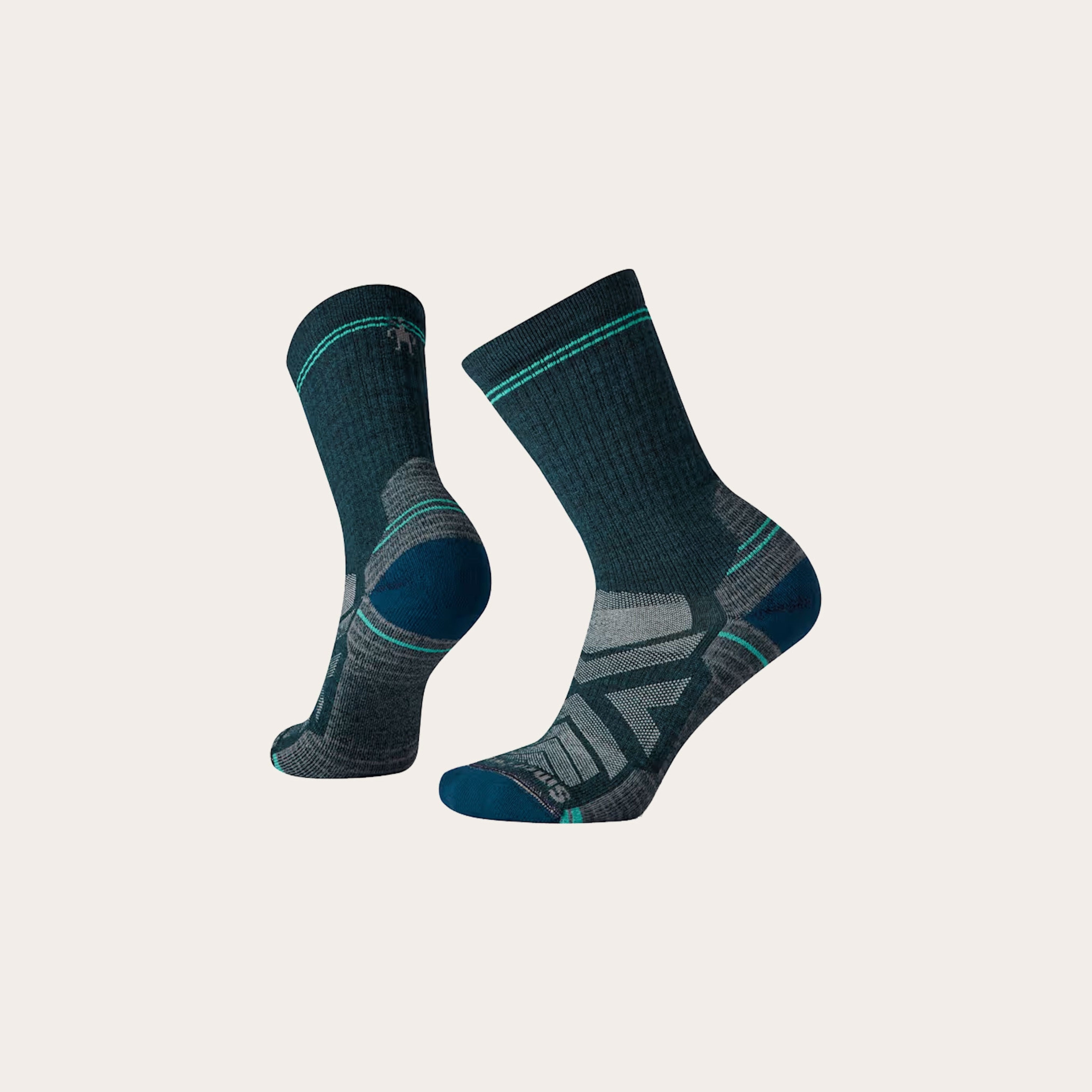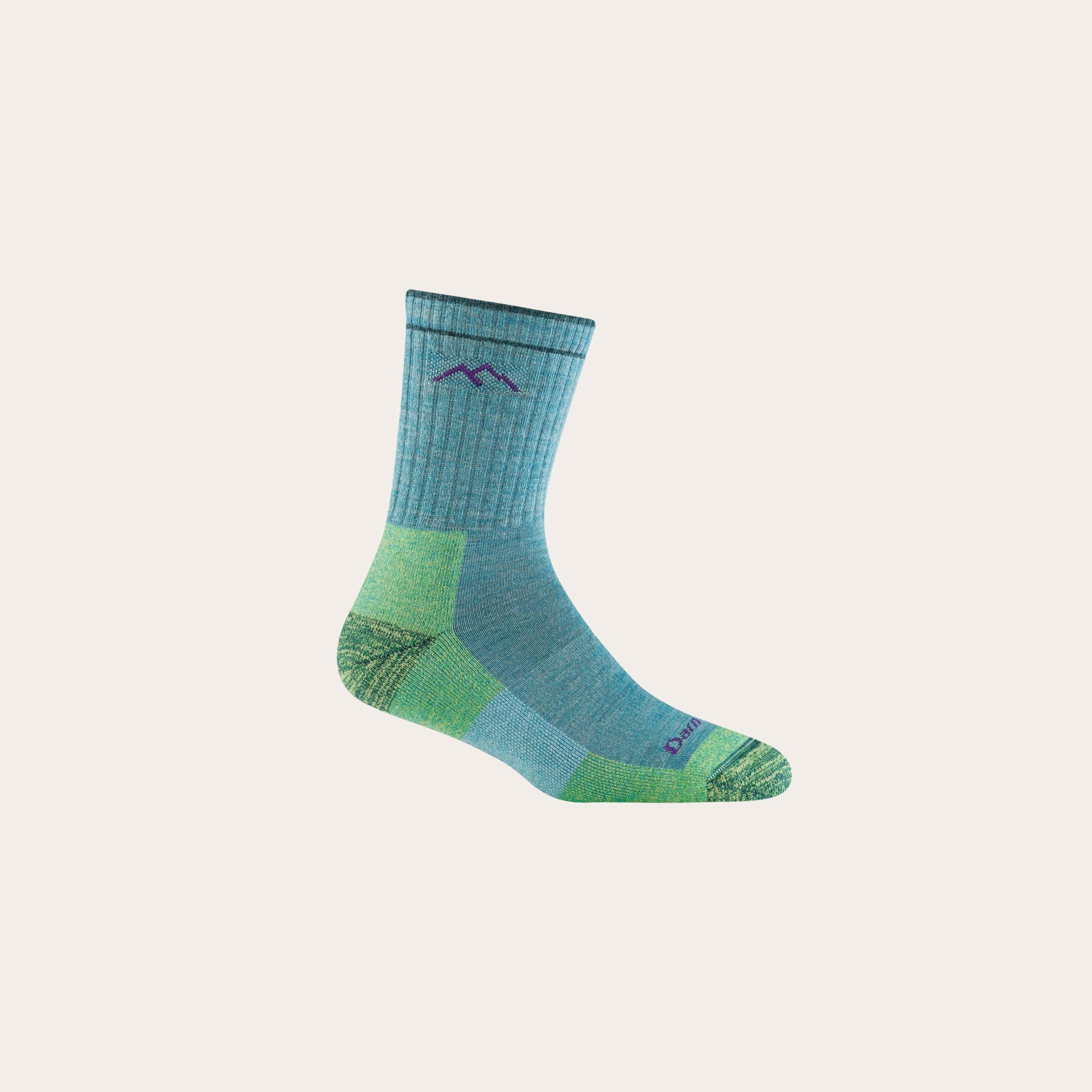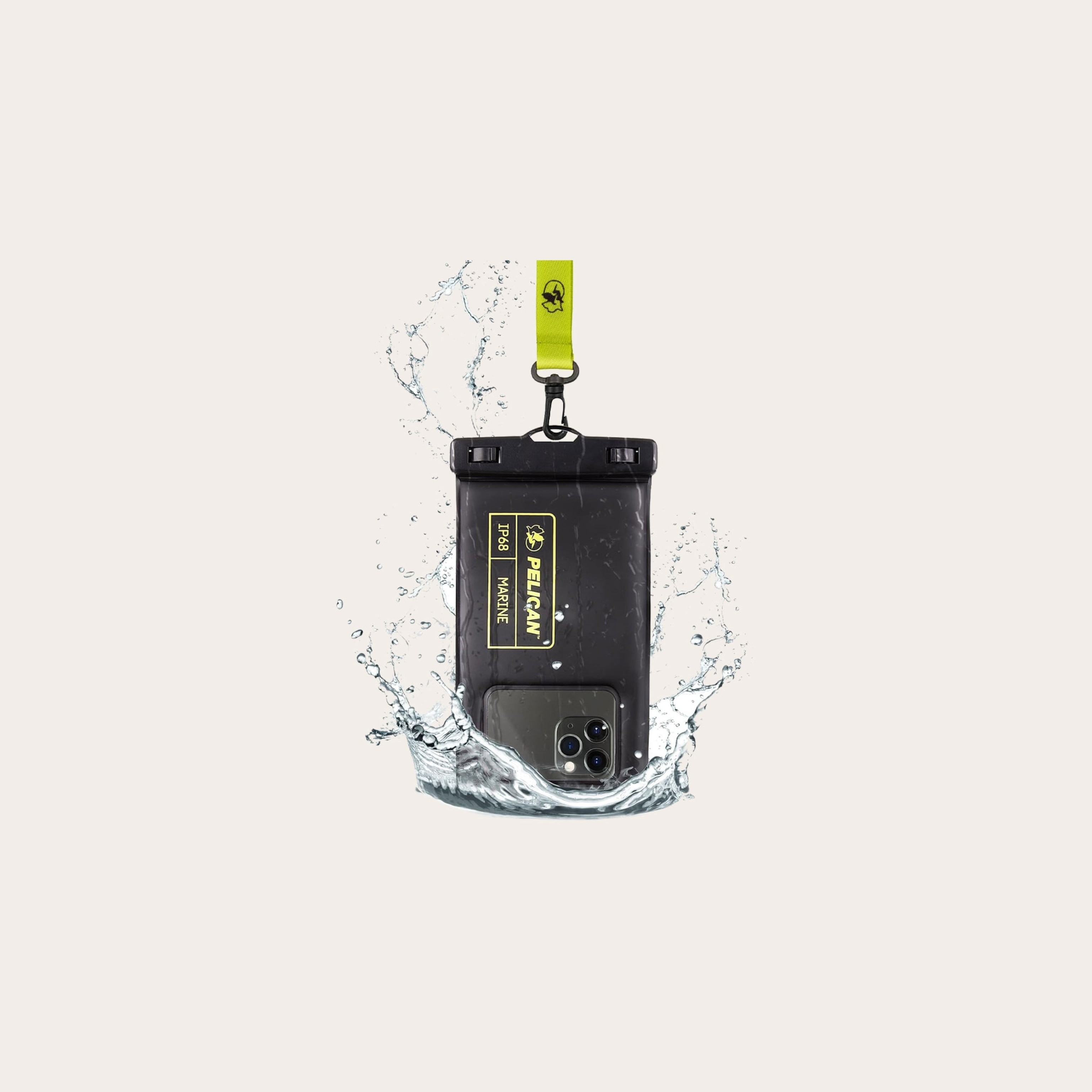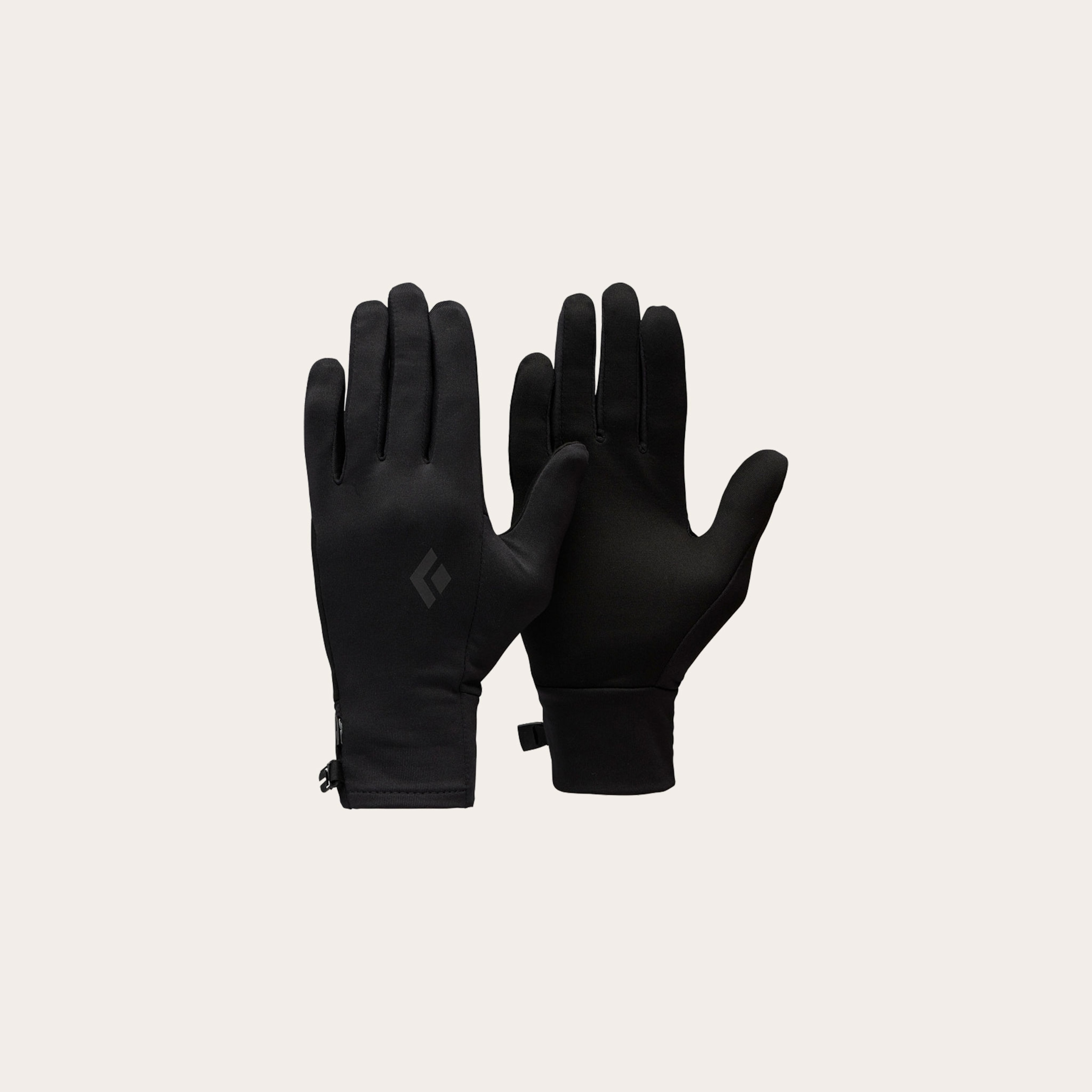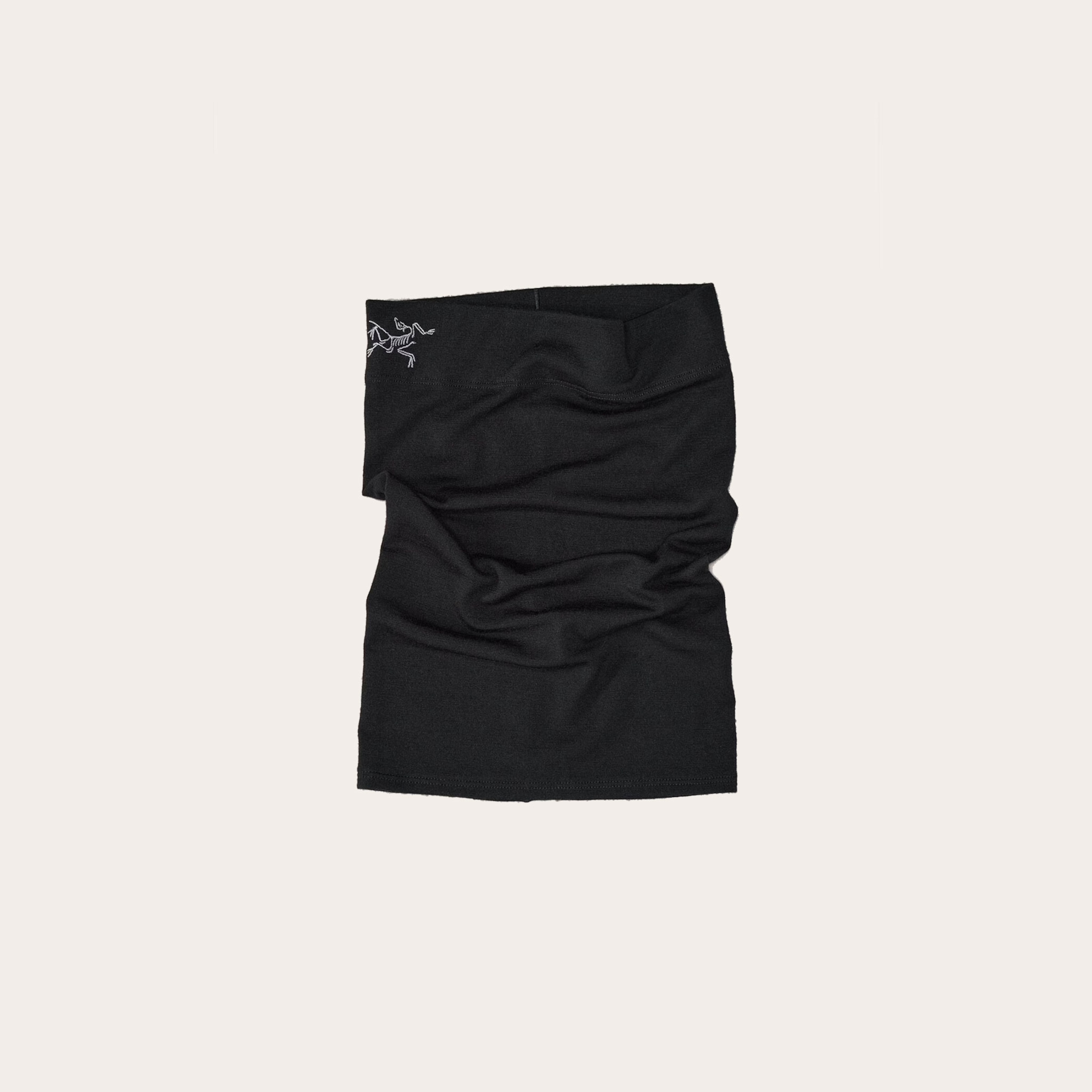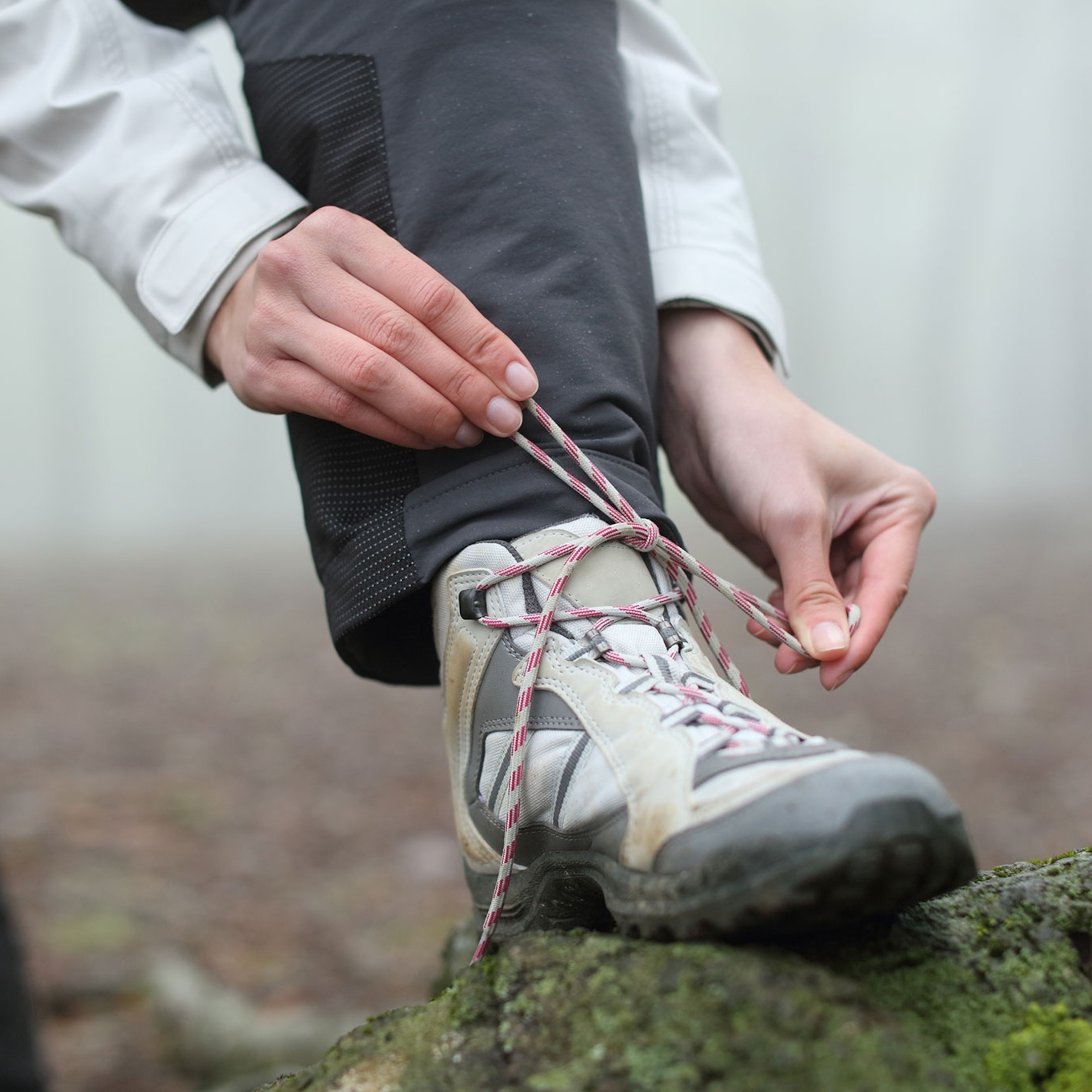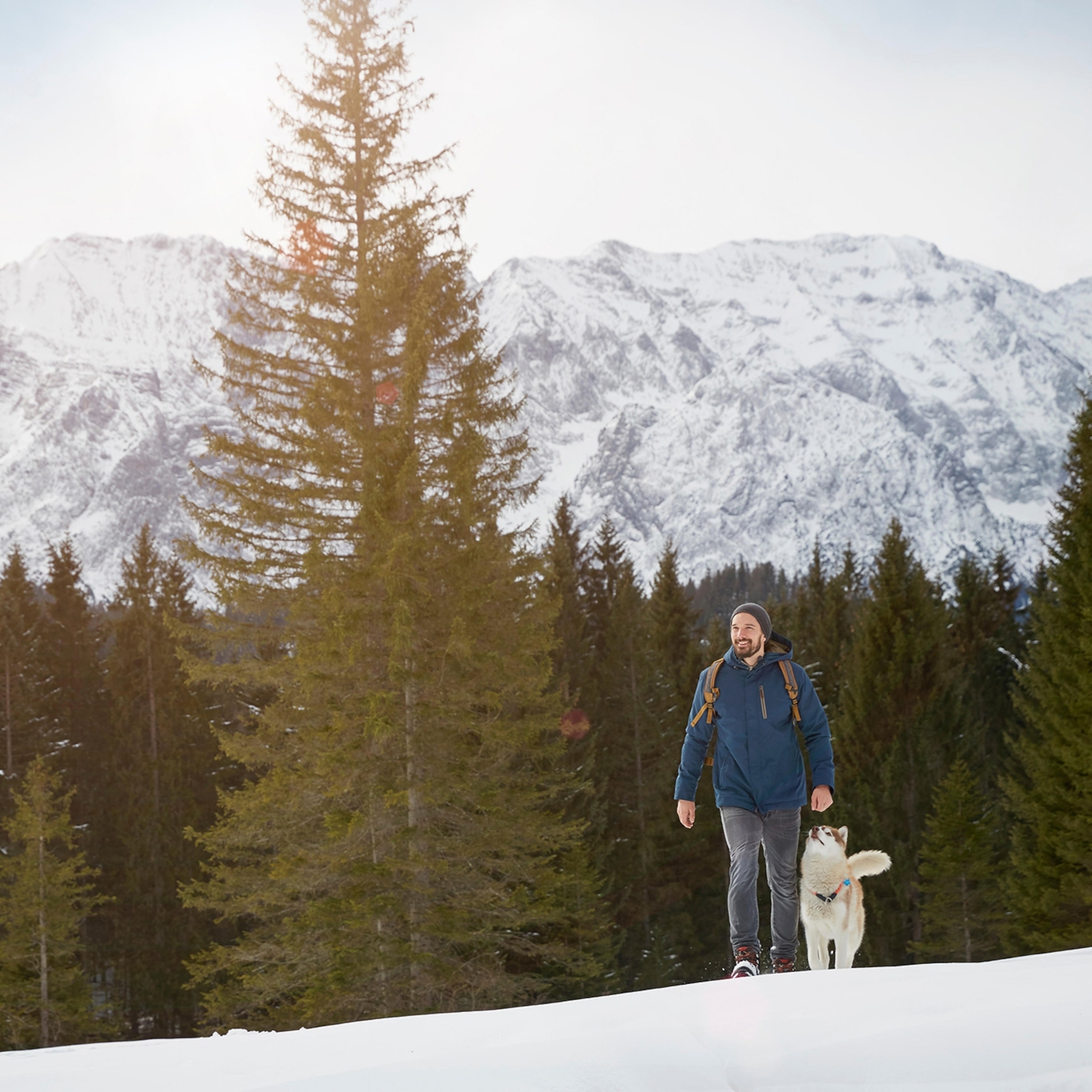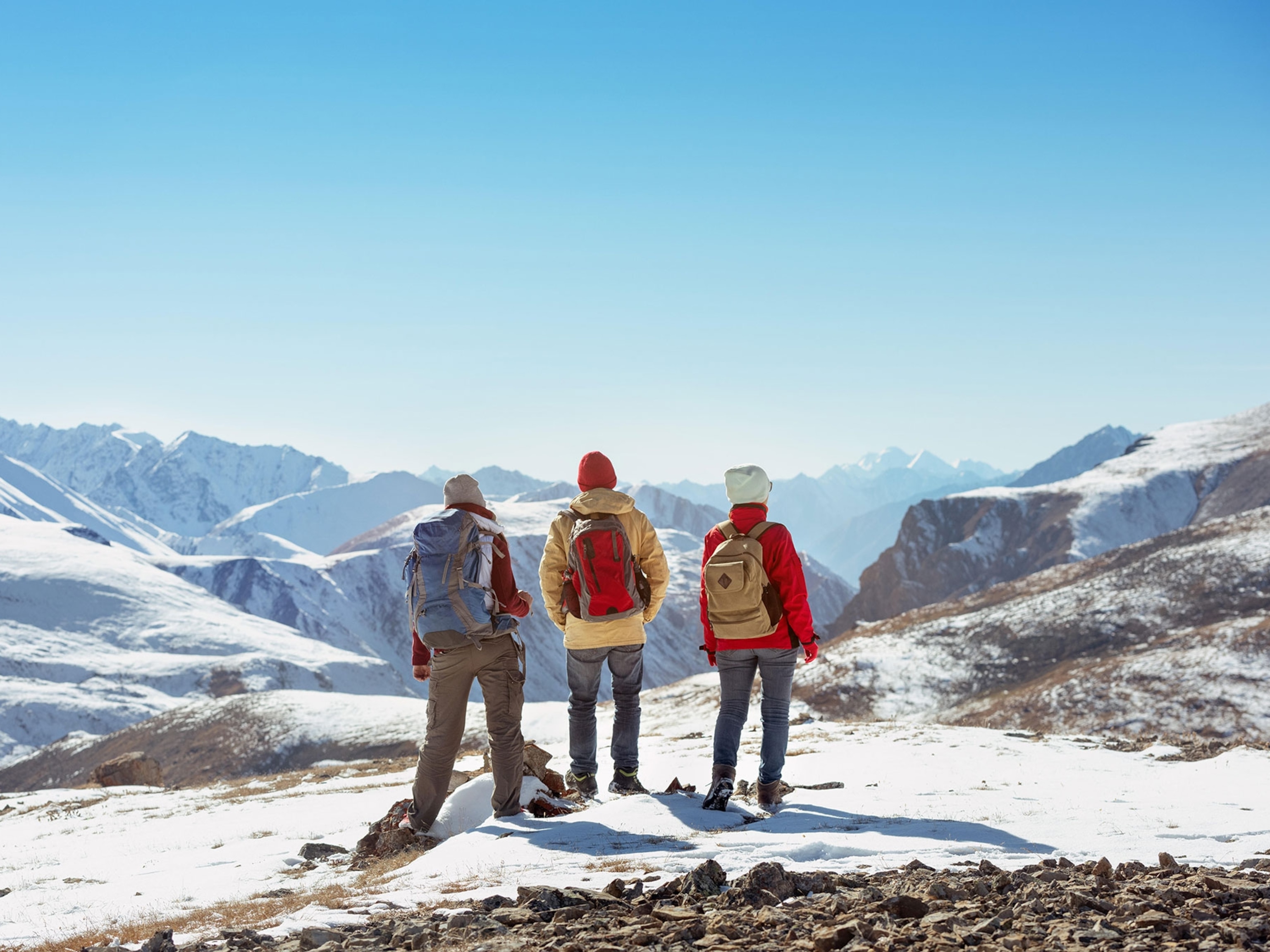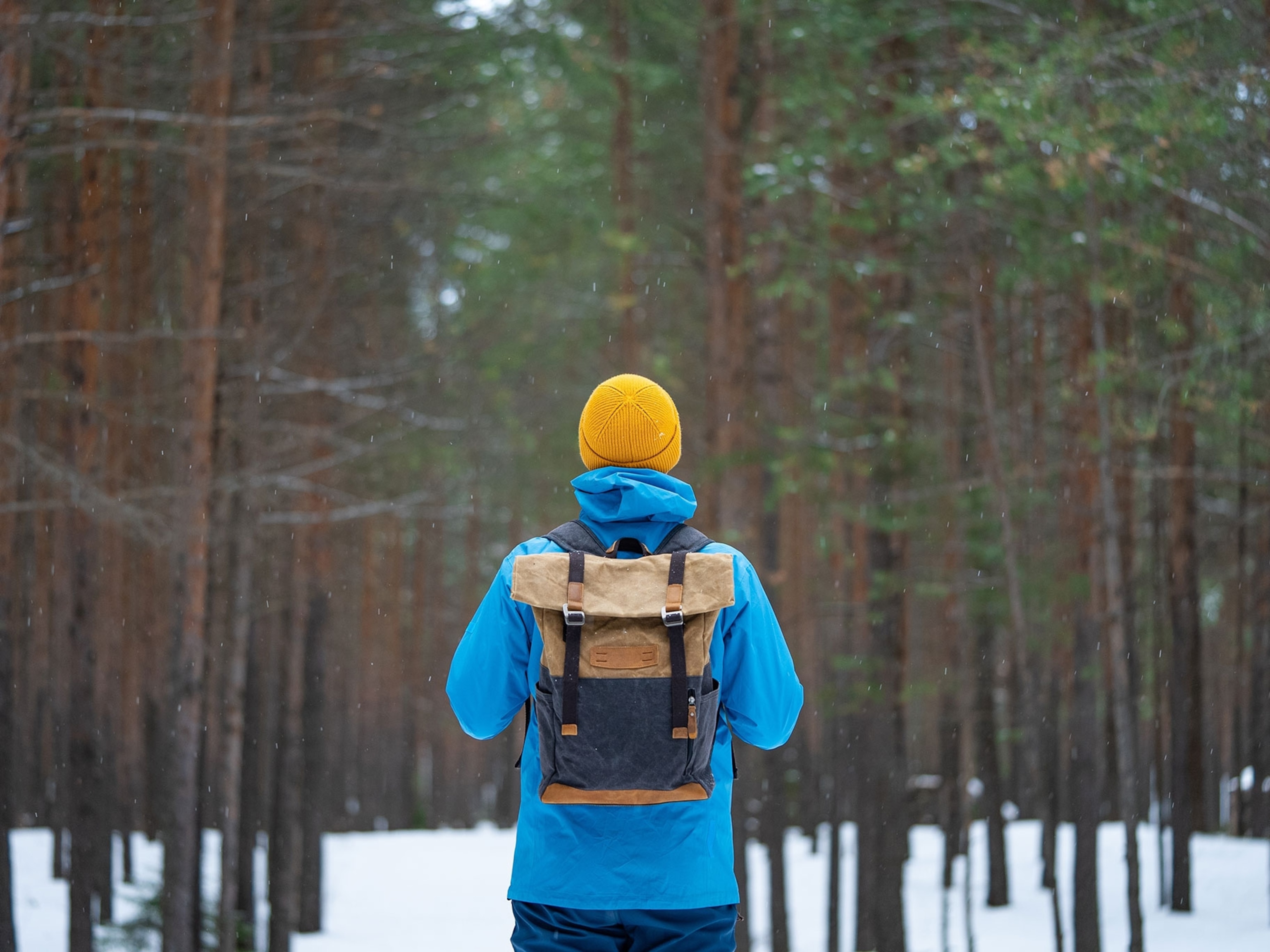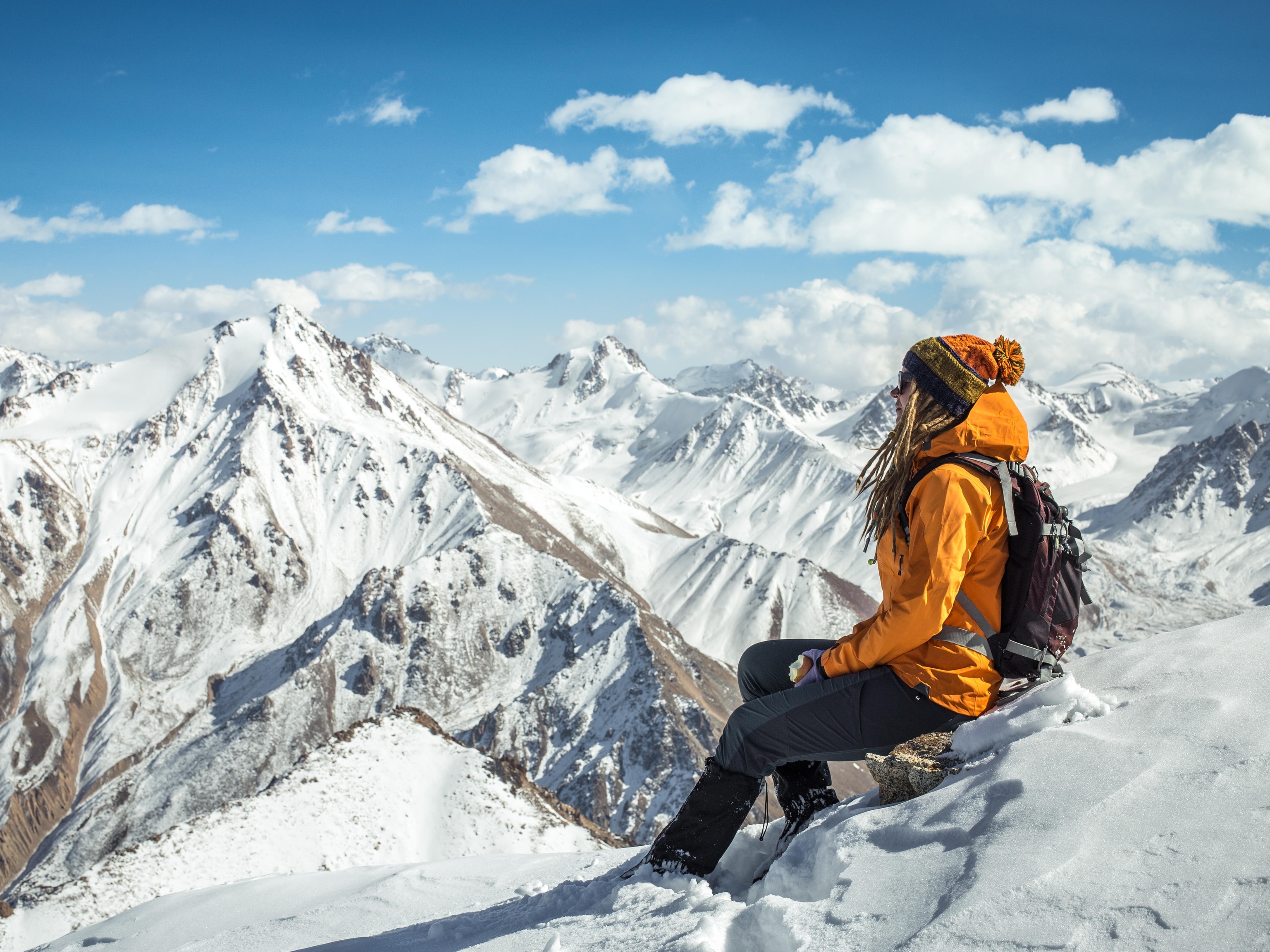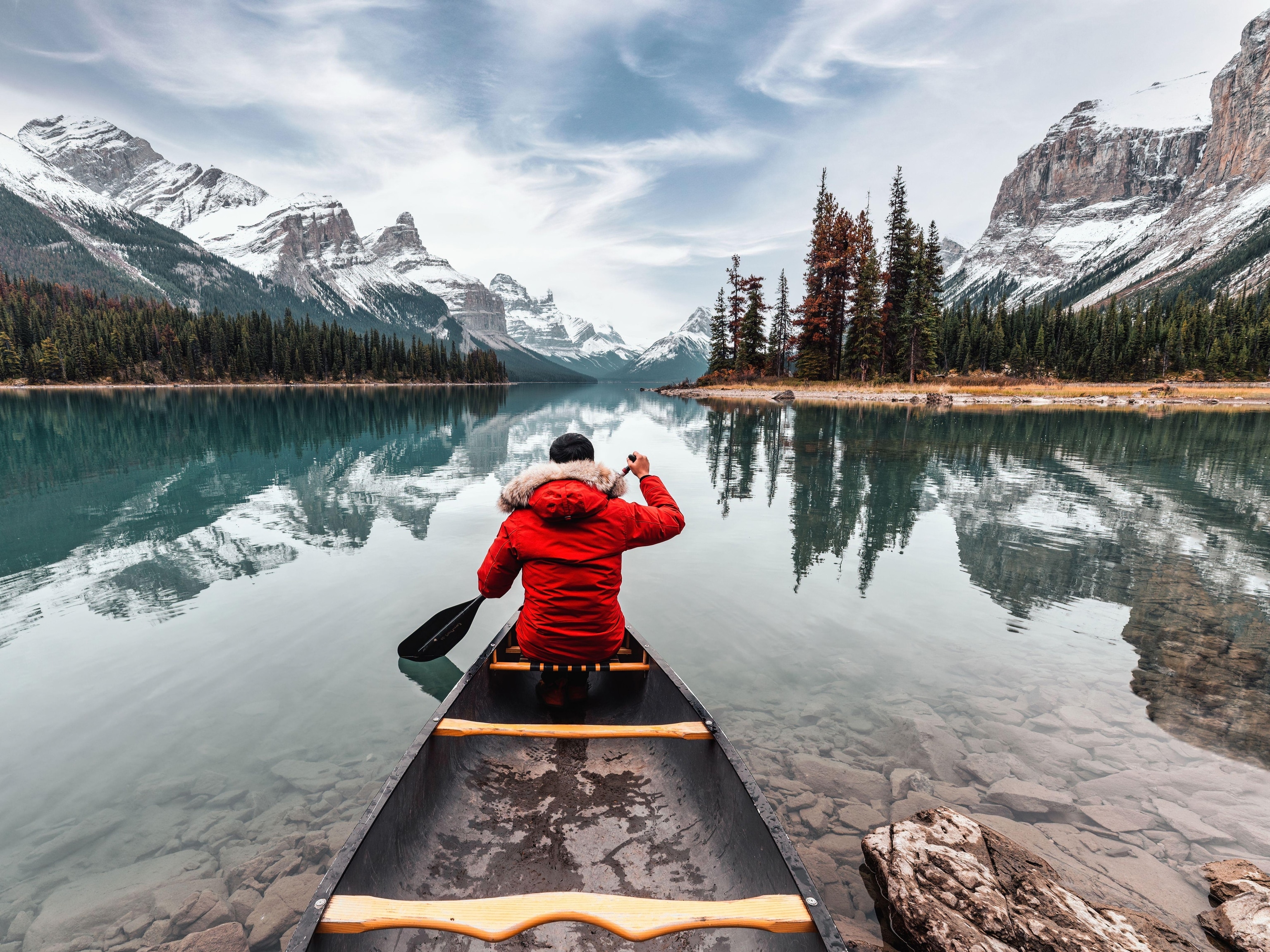These winter essentials helped our writer survive Antarctica
Weatherproof jackets, waterproof gloves, merino wool everything—our intrepid writer’s polar wardrobe has her prepared for any cold-weather adventure.
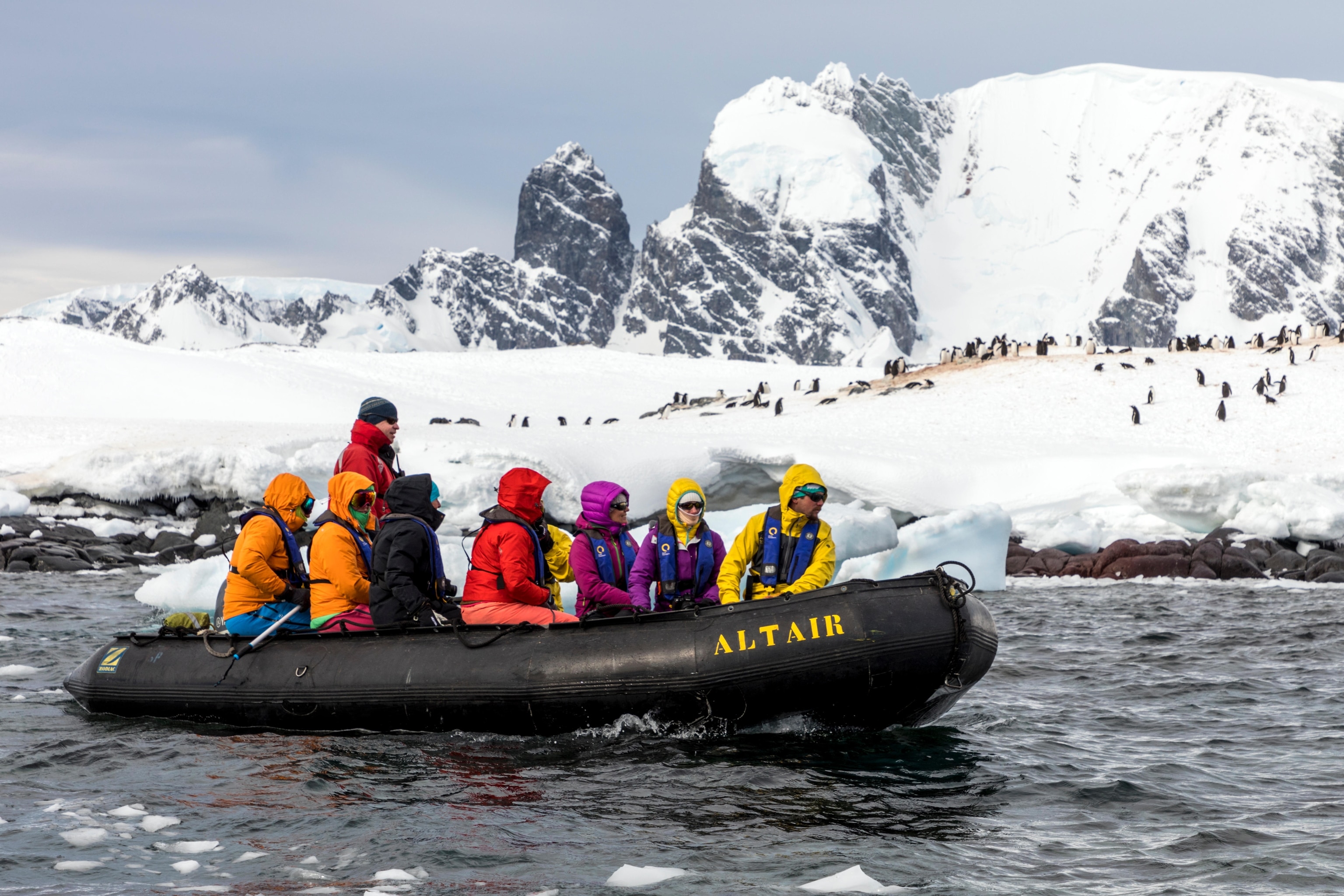
Majestic whales, massive penguin colonies, and leopard seals lounging on ice. Antarctica is one of the last truly wild and remote places left on Earth. But in recent years, more expedition-style cruises have begun taking tourists to experience the White Continent up close.
Many travelers—myself included—find that the weather in Antarctica can vary during the tourist season, generally November to March.
“[Antarctica] can have such mood swings with the weather conditions. It can be raining … It could be snowing, and it could also be very warm because the radiation from the sun is very intense,” says Jason Flesher, expedition operations director for Scenic, who has logged more than 100 Antarctica voyages since 2009. “You need to actually prepare for all occasions of what Antarctica can be.”
As a travel journalist, I’ve visited Antarctica twice, as a guest on Atlas Ocean Voyages and Hurtigruten (now HX), and I’ve learned a few things about what to pack for cold climates. For one thing, it’s best to dress in layers—start with a base, then add a midlayer and a wind- and waterproof outer layer. Some expeditions provide winter jackets and tall waterproof boots for the duration of the trip. Check your cruise line for what they provide, as well as whether they offer landings, where passengers go on shore. Ships with more than 500 passengers are not permitted to land.
Besides outerwear, pack comfortable clothes to wear onboard. It generally takes about two full days to cross the Drake Passage—each way—unless you’re traveling on a “sail and fly” trip, where guests sail the fabled sea passage one way, then fly back to the mainland. Some companies also offer fly-only trips.
During my journeys, I spent hours in small boats, trekked across frozen land, and endured everything from blazing sunshine to fierce winds. I quickly learned what clothing worked well and what didn’t. Now I’m well-equipped for future adventures, whether I return to Antarctica or travel somewhere closer to home, with fewer penguins. Here’s what I packed, along with alternatives, and what I wish I had brought with me.
The winter essentials I packed for Antarctica
• Waterproof pants: Marmot PreCip Eco Full-Zip Pants (women’s; men’s)
• Warm gloves and mittens: Hestra Army Leather Gore-Tex Mitt
• Moisture-wicking base layers: Smartwool Classic Thermal Merino Base Layer Bottom (women’s; men’s) and Crew (women’s; men’s)
• Merino wool hoodie: Smartwool Women’s Thermal Drape Neck Hoodie; Icebreaker Men’s Merino 260 Quantum Long Sleeve Zip Hoodie
• Snug beanie: Smartwool Thermal Merino Stash Beanie
• Polarized sunglasses: Smith Guide’s Choice
• Cushioned socks: Smartwool Hike Light Cushion Crew Socks
• Waterproof phone holder: Pelican Marine Waterproof Floating Pouch
What to pack for a trip to Antarctica
Staying warm, dry, and protected from the sun are key considerations when packing for Antarctica. Dressing in layers is also important because that allows you to adjust to Antarctica’s varying weather.
Weatherproof jacket: Marmot Echo Featherless Jacket (women’s; men’s)
Buy it now on Amazon
Buy it now on Amazon
Expedition cruises in Antarctica generally involve spending time on small boats, whether you’re transferring to land or just motoring around to spot wildlife and admire the scenery. It can get chilly out on the water, so it’s great to have a warm jacket to wear under your wind- and waterproof outer layer.
This Marmot Echo Featherless jacket is made with synthetic insulation, which stays warm even if it gets a little wet—a key attribute when you’re on the water. It doesn’t have a hood, so I wore a warm merino beanie and my expedition parka to lock in heat. The adjustable drawcord cinched around my waist, helping to keep cold air out, while zippered pockets kept my things safe.
Other great options
Arc’teryx Atom Hoody (women’s; men’s)
Buy it now at Arc’teryx
Buy it now at Arc’teryx
My husband wore this Arc’teryx Atom Hoody in Antarctica as a midlayer on colder days and as a standalone on warmer days. Whatever the weather, this water-resistant and breathable jacket helped him stay comfortable. It’s also made with synthetic insulation, feels lightweight, and is easy to pack.
Patagonia Nano Puff Hoody (women’s; men’s)
Buy it now at Patagonia
Buy it now at Patagonia
Made to be windproof and water-resistant, the Nano Puff Hoody is another great choice for cold regions. It’s highly compressible and packs easily. But the best parts are the zippered hand-warmer pockets and the internal chest pocket, which detaches into a small stuff sack.
(What to pack for a ski resort, according to an Alaska mountaineer.)
Waterproof pants: Marmot PreCip Eco Full-Zip Pants (women’s; men’s)
Buy it now on Amazon
Buy it now on Amazon
A waterproof lower layer is crucial on an Antarctic expedition cruise because you’ll almost certainly be spending time in small boats. A waterproof layer will keep you dry not only from precipitation, but also from splashes and water in the boat.
These Marmot Women’s Precip Eco Full Zip Pants are my go-to. The full-length side zippers make them easy to pull on and off, even over boots. The elastic waist band fits comfortably and the zippered pockets keep your cell phone and other small things secure. I pair these pants with a merino wool base layer for maximum warmth.
Warm gloves and mittens: Hestra Army Leather Gore-Tex Mitt
Buy it now on Amazon
Hestra Army Leather Gore-Tex Mitts are lined with cozy fleece and are roomy enough for hand warmers. I love that these waterproof mitts work equally well on the slopes as well as in Antarctica.
Other great options
Buy it now at Black Diamond Equipment
These Gore-Tex gloves are equally effective. They’re made with PrimaLoft Gold, a synthetic insulation that stays dry even if it gets a little wet. Though they’re designed to be waterproof, they’re still breathable, with a wrist leash and neoprene cuff for extra protection.
Moisture-wicking base layers: Smartwool Classic Thermal Merino Base Layer Bottom (women’s; men’s) and Crew (women’s; men’s)
Buy it now at Smartwool
Buy it now at Smartwool
Buy it now at Smartwool
Buy it now at Smartwool
Smartwool classic merino wool basics are some of the best base layers for cold weather. (They even work great during shoulder season or in the summer for camping.) I layer these under ski pants, rain pants, or even regular pants on especially cold days. They provide plenty of warmth, but the merino wool’s temperature regulating properties help prevent them from getting too warm. They’re also naturally odor resistant, which is great for multiday and longer trips.
(Here are 7 of the best winter jackets and coats for women.)
Other great options
Icebreaker Merino 260 Tech Thermal Leggings (women’s; men’s)
Buy it now on Amazon
Buy it now on Amazon
Except for the waist band, these midweight base layer bottoms are made from 100-percent merino wool. I like to wear them while skiing, but they’re also a worthy option for travel to especially chilly destinations.
Smartwool Merino Short Sleeve Tee (women’s; men’s)
Buy it now at Smartwool
Buy it now at Smartwool
On warmer days, some people might prefer a short-sleeve top, especially if your day includes activities such as hiking or snowshoeing. Mostly made from merino wool, this tee can sit under other layers that you can peel off. Don’t forget sunscreen.
(Dermatologists say these are the best sunscreen sticks.)
Merino wool hoodie: Smartwool Women’s Thermal Drape Neck Hoodie; Icebreaker Men’s Merino 260 Quantum Long Sleeve Zip Hoodie
Buy it now at Smartwool
Buy it now on Amazon
Of all the merino wool clothing I own, the Smartwool Women’s Thermal Drape Neck is my favorite. I wear it on flights, around town, on the trail or cross-country ski track and, yes, in Antarctica. It’s comfortable, soft, and warm, plus it comes with an adjustable drawstring hood that’s convenient for winter activities.
Icebreaker’s 100-percent merino wool hoodie for men has a fully lined hood, full-length zipper, thumb loops, and a hidden chest pocket, which is great for safely stashing items while exploring a frozen continent or simply exploring a new town in winter.
(These are the best winter jackets and coats for men.)
Snug beanie: Smartwool Thermal Merino Stash Beanie
Buy it now at Smartwool
In Antarctica, keeping your head warm is key. I wore an earlier version of this Smartwool Thermal Merino Stash Beanie that did a great job of trapping body heat during my travels. This double-layered version improves on the previous model with a cinch cord. Tug on the cord for a snug fit around your head or turn the beanie into a pouch for sunglasses and gloves by pulling the cord all the way to secure.
Polarized sunglasses: Smith Guide’s Choice
Buy it now at REI
During my trips to Antarctica, we encountered some bright sunny days that reflected off the snow, ice, and water. Thankfully, I wore a pair of polarized, 100-percent UV protecting Smith sunglasses, similar to this model. They protected my eyes as I looked for wildlife amid the glaring white expanse. A retainer is also a good idea for making sure your glasses don’t accidentally fall off.
Other great options
Buy it now on Amazon
I like the medium frame on this pair of sunglasses, which also feature polarized lenses, 100-percent UV protection, and scratch resistance.
Cushioned socks: Smartwool Hike Light Cushion Crew Socks
Buy it now at Smartwool
Made with just the right amount of cushion, my favorite pair of merino wool crew socks are suitable for getting around Antarctica or a wintry resort. I wore these with boots the expedition provided, and my feet stayed comfortable and warm. If light cushion isn’t enough, Smartwool has other options with more padding.
Other great options
Darn Tough Women’s Hiker Micro Crew Midweight Hiking Sock
Buy it now at Darn Tough Vermont
Made from a blend of merino wool, nylon, Lycra, and spandex, these all-season midweight socks provide plenty of warmth and have ample cushioning and durable stretch.
Waterproof phone holder: Pelican Marine Waterproof Floating Pouch
Buy it now on Amazon
A concerning sight on a small boat expedition? Travelers with untethered and unprotected cellphones. All it takes is one jostle to loosen your grip, sending your phone—and photos—tumbling into the icy depths. I used a Pelican Marine Waterproof Floating Pouch—the lanyard lets you wear your phone around your neck, while keeping it handy for taking photos through the clear window. It protects your phone from splashes and, when properly sealed, traps air that provides additional buoyancy.
What I wish I packed on my trip to Antarctica
While I had all the essentials for Antarctica, a few easily overlooked items would have kept me just a tad warmer and more comfortable. The next time I visit, I’m going to pack these key items.
Black Diamond Lightweight Screentap Glove Liners
Buy it now at Black Diamond Equipment
The mittens I took on my past expeditions did a great job of keeping my hands warm. But next time, I plan to wear glove liners under my mittens. These have touchscreen fingertips, so they’ll be handy for taking a cellphone photo or zipping my jacket without having to expose my hands to the freezing temperatures.
Arc’teryx Rho Lightweight Wool Neck Gaiter
Buy it now at Arc’teryx
A warm scarf is indispensable, but a neck gaiter provides more functionality. This Arc’teryx Rho Lightweight Wool Neck Gaiter is made of merino wool so it’ll keep me warm, and the gaiter style will let me wear it as a scarf, over my face, or as a headband over my ears.
Buff also makes a few versatile options, including the Merino Lightweight Neckwear and the CoolNet UV Neckwear. The latter comes in fun national park designs and provides UPF50, which would be great for bright, sunny winter days.
5 packing tips for traveling during the winter
Tip 1: Dress in layers
When you’re traveling during the winter, it’s important to adjust to changing conditions. Dressing in layers, rather than wearing one heavy piece, is the best way to regulate your body temperature. It’s important to prevent moisture like sweat from getting trapped inside, which can lead to feeling cold. Layers give you the ability to remove clothing before you start to perspire.
“One of the things you want to keep in mind is that when you’re out on land, you’re moving, so you’re generating heat,” Flesher says about touring Antarctica. He adds that windchill can make the temperature feel even colder, especially in a small boat. “You want to prepare yourself for both types of excursions,” he says.
Tip 2: Pack light
Traveling in the winter doesn’t necessarily mean lugging multiple heavy bags around. Many expeditions and tours limit the amount of luggage you can bring. Still, it’s a good idea to plan on doing some laundry and pack clothing made of durable materials like merino wool to maximize wearability.
Tip 3: Embrace versatile items
Suitcase space is valuable real estate, especially in the winter when you’re packing bulkier items. Prioritize pieces that can serve multiple purposes. For example, a buff can be worn as a scarf or over your face to protect your skin from UV rays and wind, or as a headband over your ears.
Tip 4: Bring backups
When you’re traveling to places like Antarctica, there’s a good chance your clothing will get wet. Bring extras of small, key items that are more likely to get wet, such as gloves, hats, and socks. You can swap out a dry pair while the other dries out overnight.
Tip 5: Protect yourself from the sun
Even in winter, it’s important to protect yourself from the sun’s harmful rays. Pack sunscreen, sunglasses, a sun hat, lip balm, and clothing rated at least UPF 50, which is like SPF for clothes. Sun protection is especially important in wintry places where ice, snow, and water can intensify the sun’s rays.
Why I wanted to visit Antarctica
Remote, wild places hold an incredible allure. The opportunity to see a place relatively untouched by humans is a rare privilege. Antarctica is fragile and tourism there is on the rise, so it’s important to learn how to visit responsibly.
The International Association of Antarctica Tour Operators (IAATO) has outlined best practices for protecting the continent, including what you need to know before you go. Make sure the gear you bring is free of seeds, dirt, or any other elements that may disrupt the ecosystem. Remember that travelers are never allowed to approach wildlife or damage plants.
Be sure to research the tour you take and go with an operator that promotes sustainable travel. More than 100 companies are members of IAATO, committing to the organization’s mission of advocating and promoting safe and responsible travel on the continent, including guidelines for wildlife watching and how many people can go ashore.
The highlights of my trip to Antarctica
Watching the light dance over miles of ice, seeing wildlife in their natural habitat, and simply experiencing the remoteness of the continent were incredible.
“It’s just almost like coming to a different planet in a sense,” says Karin Strand, HX’s vice president of expeditions development. “And the silence—the overpowering sense of lack of noise.”
While I’ve traveled to the White Continent twice—a fraction of Strand’s more than 150 journeys—each trip has left an indelible impression. Whether I’m snowshoeing, kayaking, or simply taking in the landscape, I’m struck by the vastness of the region—and the importance of protecting it.

